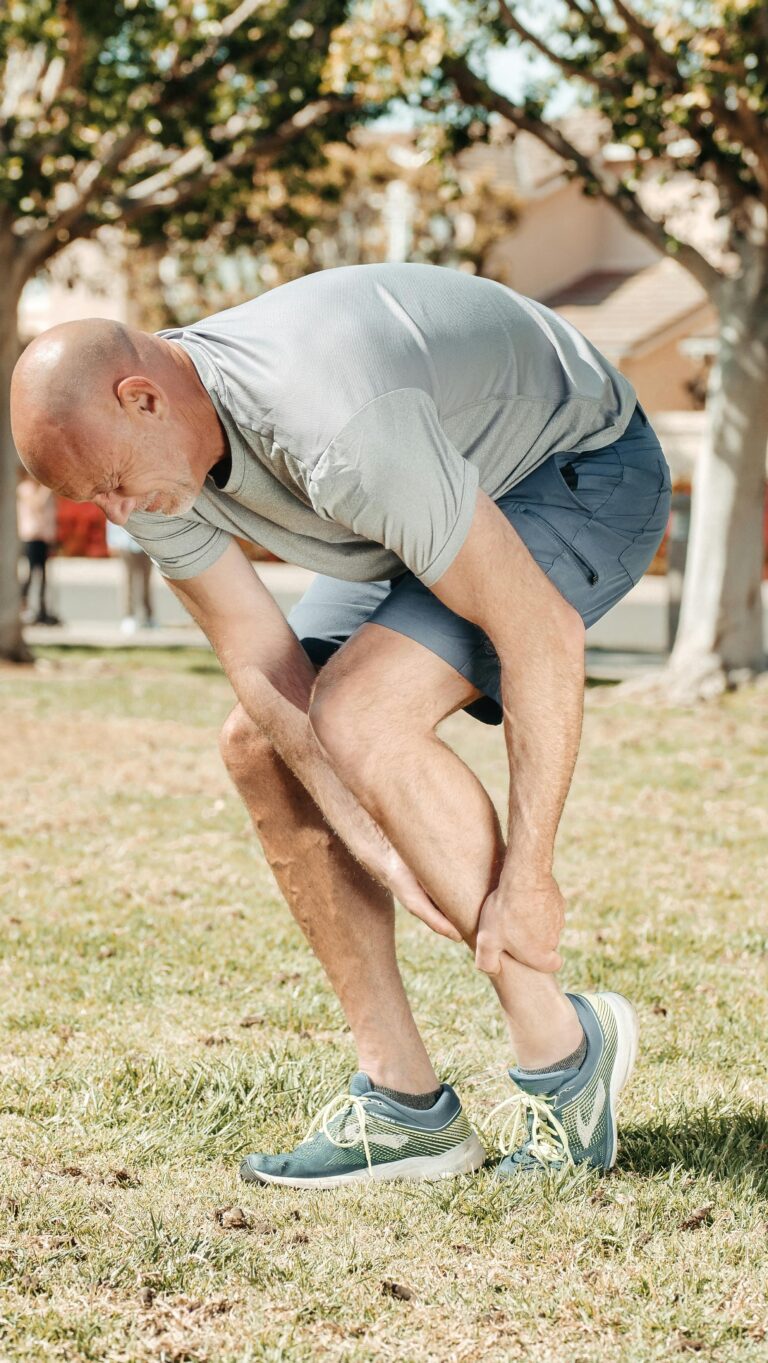Google DeepMind CEO: AI May Make Us Less Selfish
Google DeepMind CEO: AI May Make Us Less Selfish. Artificial Intelligence is no longer a futuristic dream-it’s an accelerating reality. And if there’s one person sitting at the heart of this revolution, it’s Sir Demis Hassabis. The CEO of Google DeepMind, a Nobel Prize-winning scientist and a former chess prodigy, believes that AI will not…









